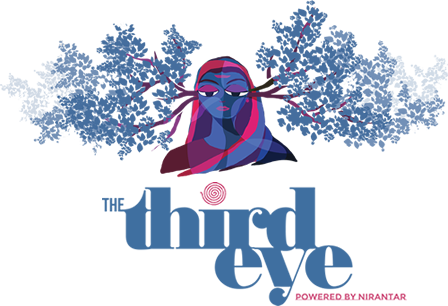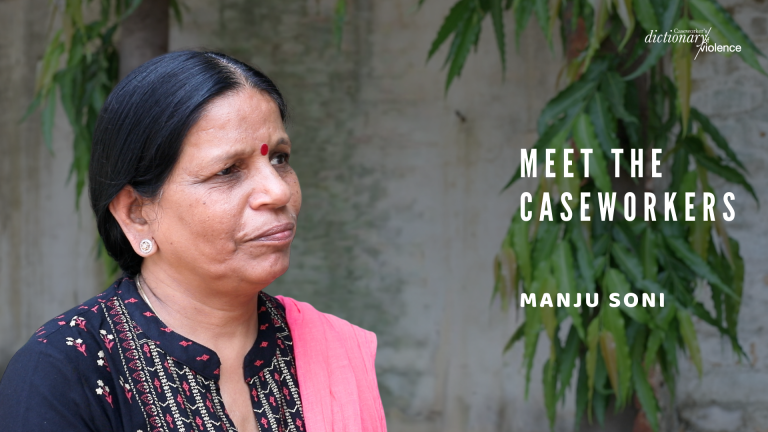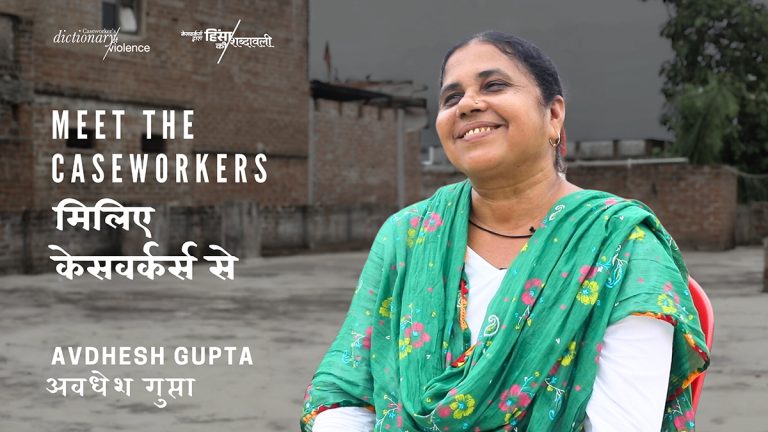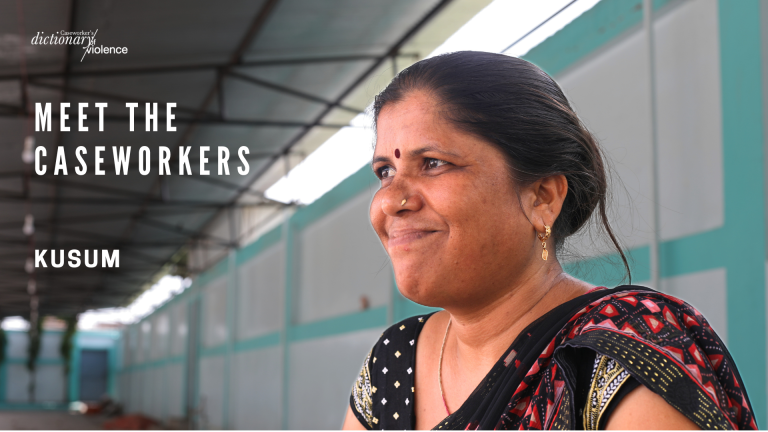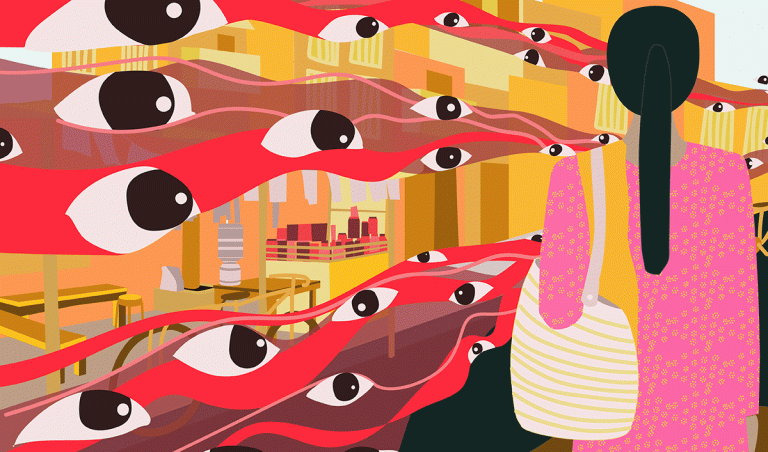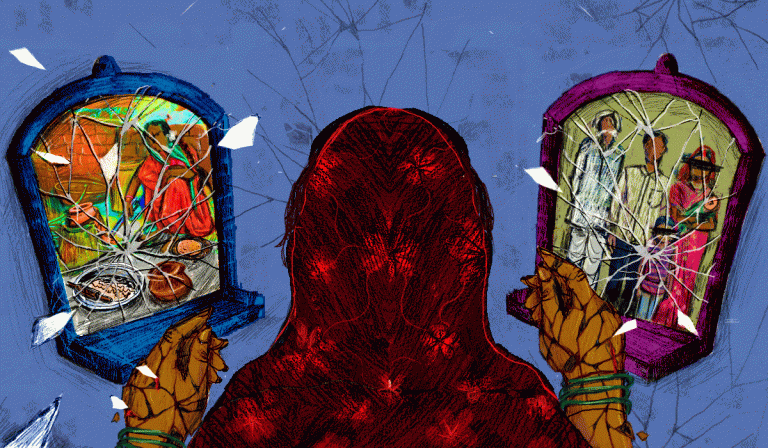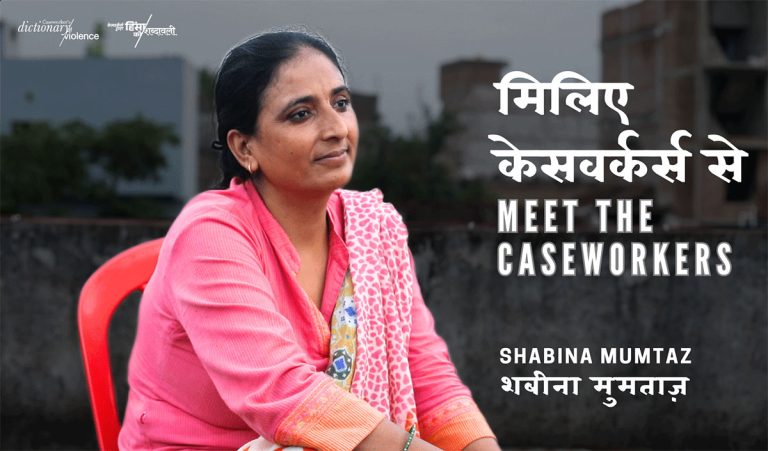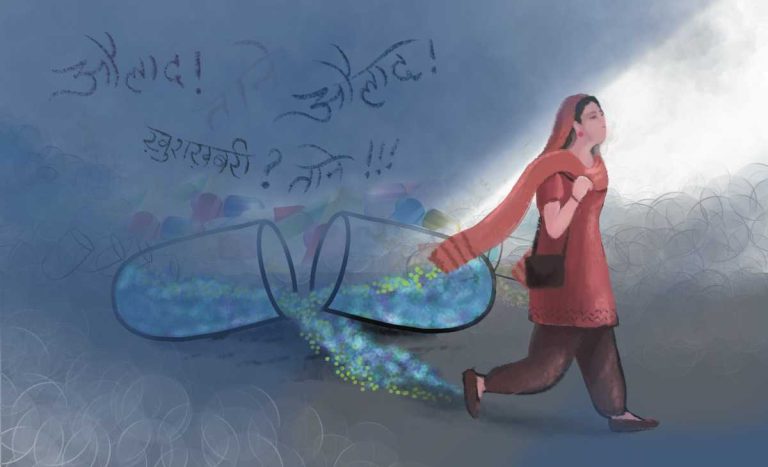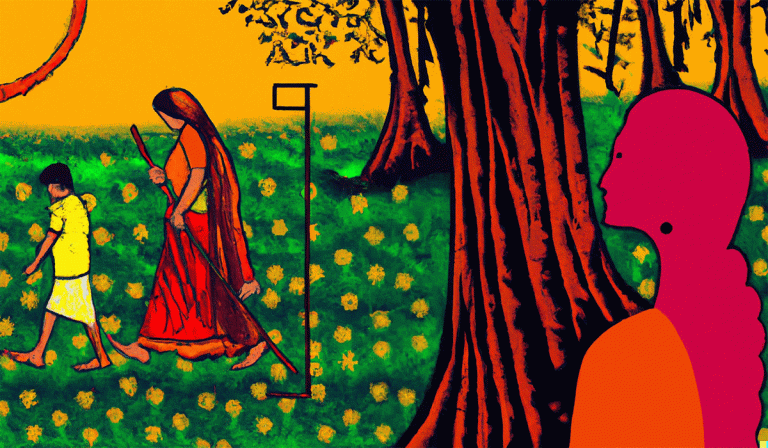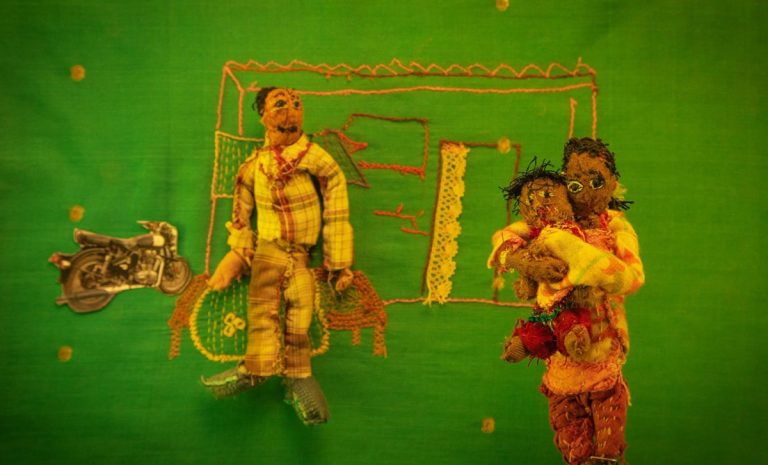
This Documentary on Violence Explores the Social Geographies of Compromise in Women’s Lives
When filmmaker and doll maker, Hansa Thapliyal, worked with The Third Eye’s Learning Lab on creating a mixed media film out of the recordings of workshops for the Caseworker’s Dictionary of Violence, she asked, “Will I be able to go where these voices are?” Hence emerged Kya Hai Yeh Samjhauta? which works with the material of the everyday, scraps of cloth, needle thread and the timbre of human voices to bring alive the technicolour landscape in which womens’ compromises rest.
